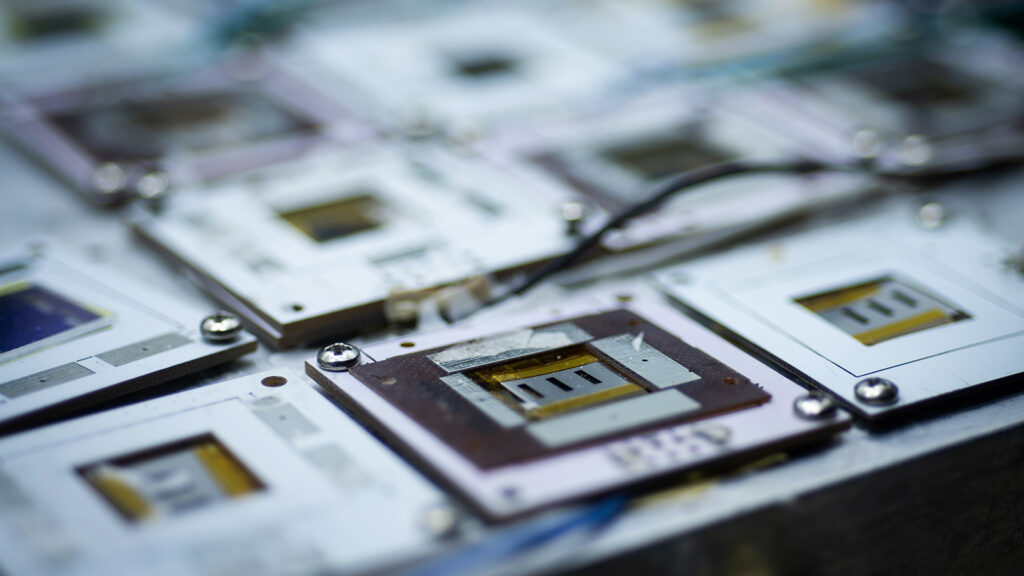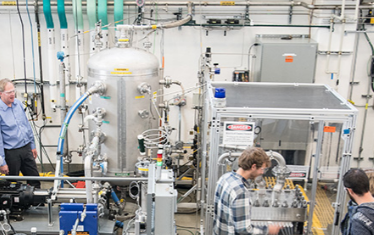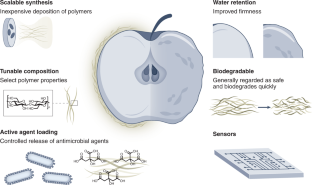2022-06-16 アメリカ合衆国・プリンストン大学

・ プリンストン大学とリンショーピング大学から成る研究チームが、エネルギー変換効率と耐用年数が飛躍的に向上した全無機型のペロブスカイト太陽電池(PSCs)と、耐用年数を迅速に評価する加速劣化試験技術を開発。
・ 新 PSCs は安定性とエネルギー変換効率に優れ、1954 年以来市場を席巻してきたシリコン太陽電池に匹敵する性能を初めて達成。太陽電池耐用年数のしきい値である 20 年を大きく上回る、約 30 年間の継続作動の可能性を提供する。
・ 製造に高温度を要し硬く半透明のシリコン太陽電池とは対照的に、より少ないエネルギー量で室温下で安価に製造できる PSCs はフレキシブルで透明で、米国の丘陵や屋根に設置されてきた太陽光パネル以上の利用の拡大が期待できる。
・ PSCs は極めて脆く、初期(2009 年~2012 年)PSCs の耐用年数は僅か数秒~数分。2017 年にスイスの研究チームが継続照射下で 1 年間作動する PSCs を開発している。新 PSCs は、これと同様の条件下で 5 年間の作動が可能。
・ PSCs の光吸収層と電荷輸送層の間に、原子数個分の薄さの 2D キャッピング層を配置し、エネルギー変換効率を 14%から 17.4%に向上。このような 2D キャッピング層は新しいアイデアではないが、効果的な技術として近年注目されている。
・ これまで、脆弱な PSCs には長期間の試験があまり考慮されてこなかったが、それらの性能と耐用年数の向上につれて、ユーザーが使い易く安定した技術の展開には SCs 設計の比較試験が重要となる。
・ 新試験技術は、PSCs を光と熱にさらすことで、通常では数年間を要する自然環境下の劣化のプロセスを加速させ、迅速なタイムフレームでの耐用年数予測を可能にするもの。
・ 一般的な夏日のベースライン温度から沸騰水を超える温度までの 4 種類の温度下での PSCs 劣化状態の測定データから、数万時間の継続光照射下、室温下での性能を予測。その結果、平均温度 95℉(約 35℃)下、ピーク効率の 80%超で少なくとも 5 年間の作動を確認した(ニュージャージー州のプリンストンエリアの屋外での約 30 年の作動に相当)。
・ 本研究は、米国立科学財団(NSF)、米国エネルギー省(DOE) 、ブルックヘブン国立研究所(BNL)、Swedish Government Strategic Research Area in Materials Science on Functional Materials およびPrinceton Imaging and Analysis Center が支援した。
URL: https://engineering.princeton.edu/news/2022/06/13/loo-30-year-perovskite-solar-cell
<NEDO海外技術情報より>
関連情報
Science 掲載論文(アブストラクトのみ:全文は有料)
Accelerated aging of all-inorganic, interface-stabilized perovskite solar cells
URL: https://www.science.org/doi/10.1126/science.abn5679
A cap against aging
Accelerated aging tests for perovskite solar cells must take into account several degradation pathways. Zhao et al. found that for all-inorganic cesium lead triiodide (CsPbI3) solar cells, a two-dimensional Cs2PbI2Cl2 capping layer stabilized the interface between the CsPbI3 absorber and the copper thiocyanate hole-transporter layer and boosted its power conversion efficiency to 17.4% (see the Perspective by Habisreutinger and Reese). Accelerated testing at various temperatures up to 110°C and approximately 65% relative humidity revealed an Arrhenius temperature dependence on efficiency degradation. The solar cell should maintain 80% of its efficiency for more than 5 years at 35°C. —PDS
Abstract
To understand degradation routes and improve the stability of perovskite solar cells (PSCs), accelerated aging tests are needed. Here, we use elevated temperatures (up to 110°C) to quantify the accelerated degradation of encapsulated CsPbI3 PSCs under constant illumination. Incorporating a two-dimensional (2D) Cs2PbI2Cl2 capping layer between the perovskite active layer and hole-transport layer stabilizes the interface while increasing power conversion efficiency of the all-inorganic PSCs from 14.9 to 17.4%. Devices with this 2D capping layer did not degrade at 35°C and required >2100 hours at 110°C under constant illumination to degrade by 20% of their initial efficiency. Degradation acceleration factors based on the observed Arrhenius temperature dependence predict intrinsic lifetimes of 51,000 ± 7000 hours (>5 years) operating continuously at 35°C.




